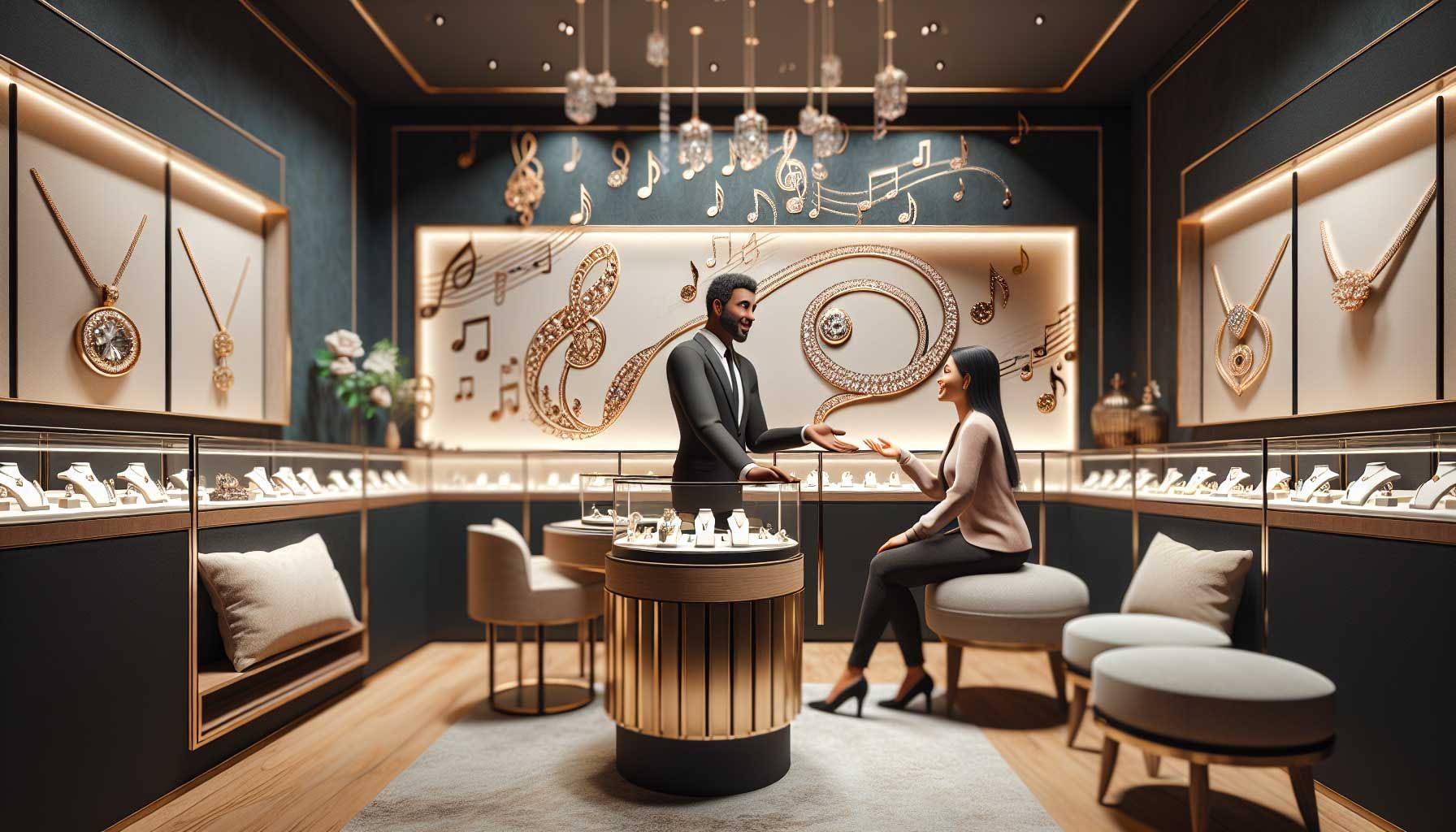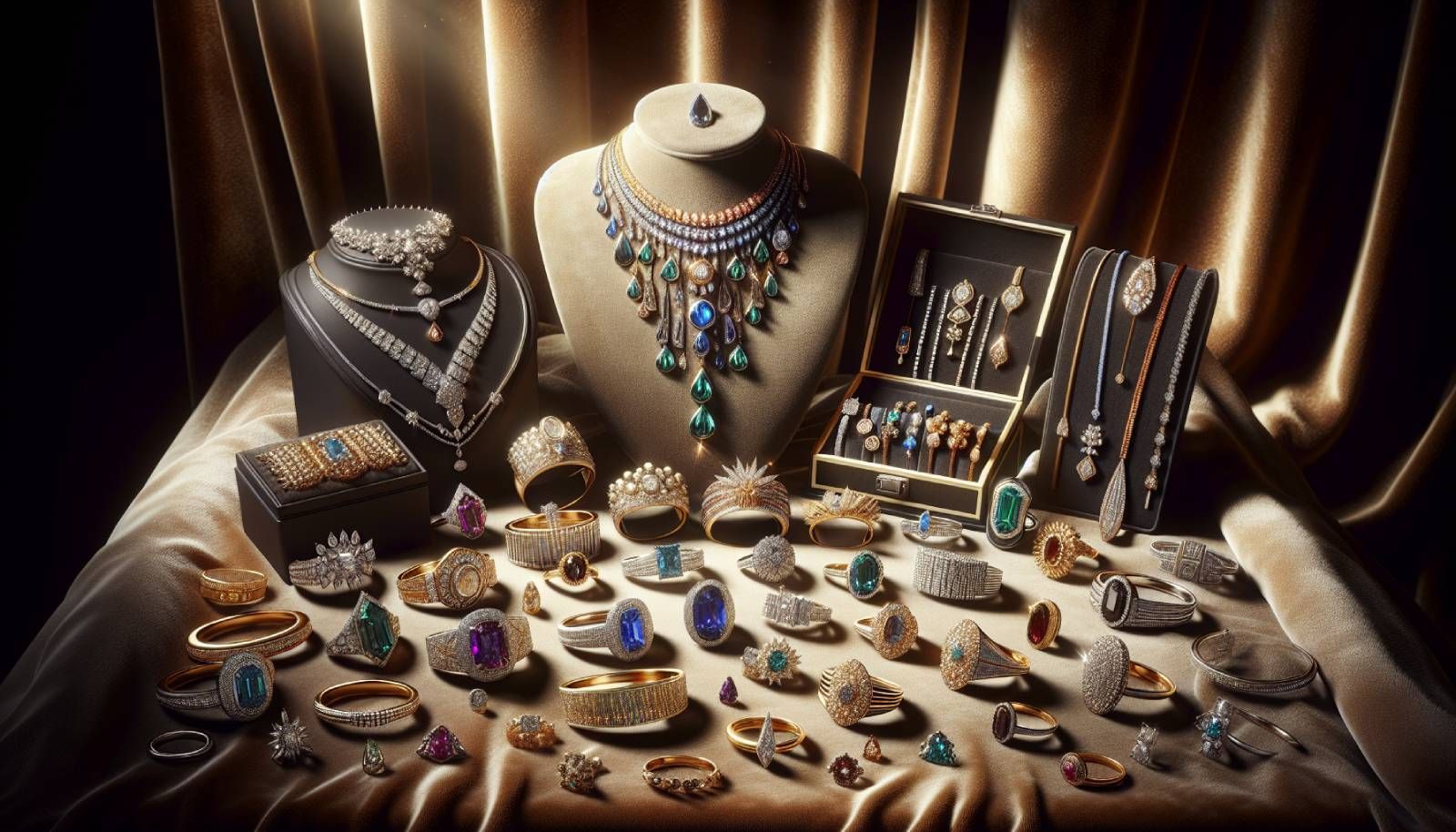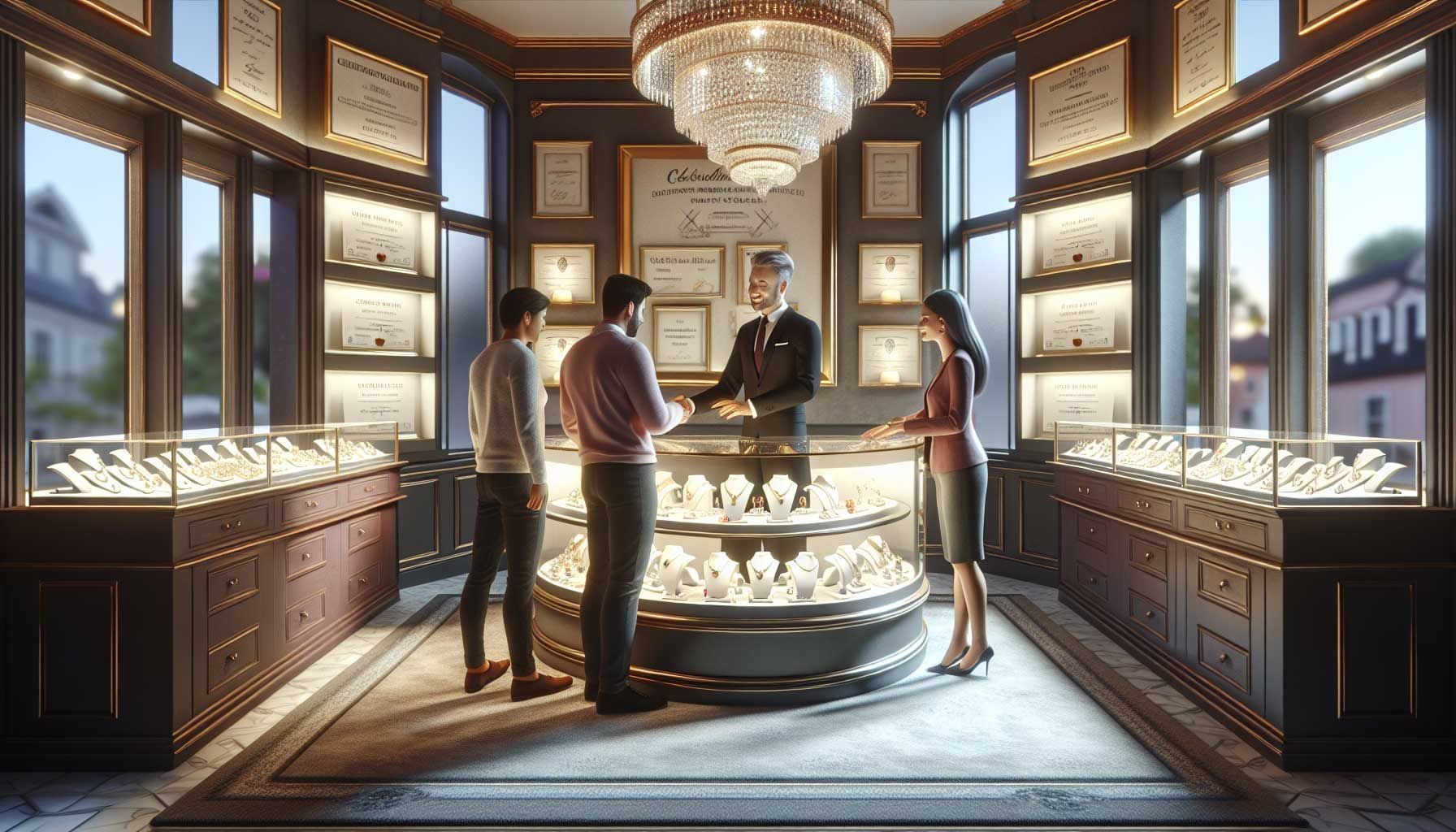How to avoid coming across as too aggressive during sales as a jeweler
How to Avoid Coming Across as Too Aggressive During Sales
As a jeweler, it is crucial to find a balance between persuading and overwhelming during the sales process. Customers want to feel secure in their purchasing decision, and you do not want to scare them off with overly aggressive sales techniques. Let’s discuss some strategies that can help you maintain this delicate balance.
1. Understand Buyer Psychology
Sales psychology is a fascinating topic that every jeweler should understand. Customers often make decisions based on emotions, followed by rational arguments. This means that when you approach a customer, you need to reach them on an emotional level.
By asking about their wishes and needs, you can sense where their interests lie. Use this information to tailor your approach so that you come across not as a salesperson, but as an advisor.
Pro tip: Spend time observing your customers and their reactions. Ask open-ended questions and listen actively to their answers. This not only helps build a trusting relationship but also prevents you from coming across as pushy.2. The Power of Listening Skills
One of the biggest mistakes salespeople make is talking too much and not listening enough. Let the customer lead the conversation and give them space to share their thoughts and feelings.
This means not only hearing their words but also picking up on body language and emotion. By actively listening and responding to their concerns, you give them the impression that you understand and respect their needs.
Pro tip: Repeat key points that the customer has mentioned to show that you take their concerns seriously and value their ideas. This promotes trust and reduces the likelihood of a pushy attitude.3. Avoid Heavy Selling Techniques
It’s important to acknowledge that not all sales techniques are effective. Heavy-handed approaches can scare customers away and leave a negative impression. Instead of pushing, you should focus on providing value and information.
Give customers the chance to make a decision on their own. This relieves the pressure and allows them to maintain control over their purchase. For example, explain the benefits of a piece of jewelry without immediately expecting them to buy it.
Pro tip: Use stories in your approach. People connect with stories, and it can be a great way to convey the benefits of a product without being pushy.4. Create a Comfortable Store Environment
Another way to avoid coming across as aggressive is by creating a comfortable and inviting environment. Ensure that the store has a clear layout and a friendly atmosphere. When designing the store, elements such as lighting, music, and even the layout are crucial.
A relaxed environment can encourage customers to stay longer and consider better, which supports them in their purchasing decisions without you having to impose.
Pro tip: Consider organizing small events or workshops in your store. This strengthens the bond between you and your customers, making the shopping experience much more personal.5. Personalize Communication
Personalizing your communication with customers can make a world of difference. By using their name and referencing past interactions, they feel special and valued.
With the rise of technology, you can leverage customer data and historical purchase information to make more valuable and relevant recommendations. This creates a sense of exclusivity and prevents you from coming across as an aggressive salesperson trying to push something.
Pro tip: Utilize CRM software to track customer preferences and history. This allows you to serve them more targeted and personally, which will leave a positive impression.6. Communicate in a Positive Way
The tone and manner in which you communicate with customers can greatly impact how you come across. Always try to be positive and supportive. Avoid negative words or statements that might scare customers away.
Instead of saying, “This is very expensive,” you can reframe it to, “This is an investment piece that lasts a lifetime.” It’s all about framing—by packaging your message in a positive way, you can manage customer reactions much more effectively.
Pro tip: Practice your communication skills with friends or colleagues. Ask for feedback on how you come across and work on any weaknesses.7. Use Engaging Language
The words you use are crucial. Use language that invites dialogue and engagement instead of commands or overly direct sales terms. Phrases like “What do you think about?” or “May I tell you more about?” invite customers to share their thoughts.
Avoid jargon or technical terms that could confuse the customer. Simple, clear language makes it easier for customers to understand and feel comfortable.
Pro tip: Practice with your team and create a glossary of customer-friendly terms to use. This can help maintain consistency in your communication.8. Give Space for Self-Reflection
It’s important to give customers the space to think through their purchasing decisions on their own. While you can guide them in exploring different options, it’s essential not to overwhelm them with information.
A good practice is to give them a moment to think and perhaps engage in a brief conversation about what they are considering. This can be a good opportunity to discuss their fears or doubts, without it being perceived as manipulation.
Pro tip: After a conversation, offer a brochure or business card where they can find more information. This gives them a tangible item to ponder over later.9. Learn to Handle Objections
Every salesperson will encounter objections or questions from customers sooner or later. Instead of getting defensive, view them as opportunities to improve and provide answers.
Listen carefully to their objections and support your responses with facts and positive outcomes. This shows that you are willing to take the time and effort to help them with their choice.
Pro tip: Create a list of common objections and practice your responses so that you are better prepared during real customer conversations.10. Limit Group Pressure
As a jeweler, it can be tempting to try to convince a group of customers, but this can often lead to a sense of pressure. Avoid creating an atmosphere where customers feel compelled to make a decision together.
Focus on individual customers and their specific concerns. By giving them the freedom to consult alone or in smaller groups, you create a more comfortable environment.
Pro tip: Always be open to feedback from customers and encourage them to share their own experiences, even when they come with others.By applying these strategies, you can use a customer-centered approach when selling jewelry. The goal is to build a strong relationship and ensure that the customer feels good about their choice, which will ultimately lead to repeat purchases and word-of-mouth referrals. With a little patience and a good understanding of the psychology behind sales, you’ll find that not only do you improve your sales techniques, but also customer satisfaction and loyalty. Good luck!

Take your store to the next level
Start automating and digitizing your store processes today. PrismaNote helps retailers with this. Discover what we can do for you via the menu above.
- George




















































